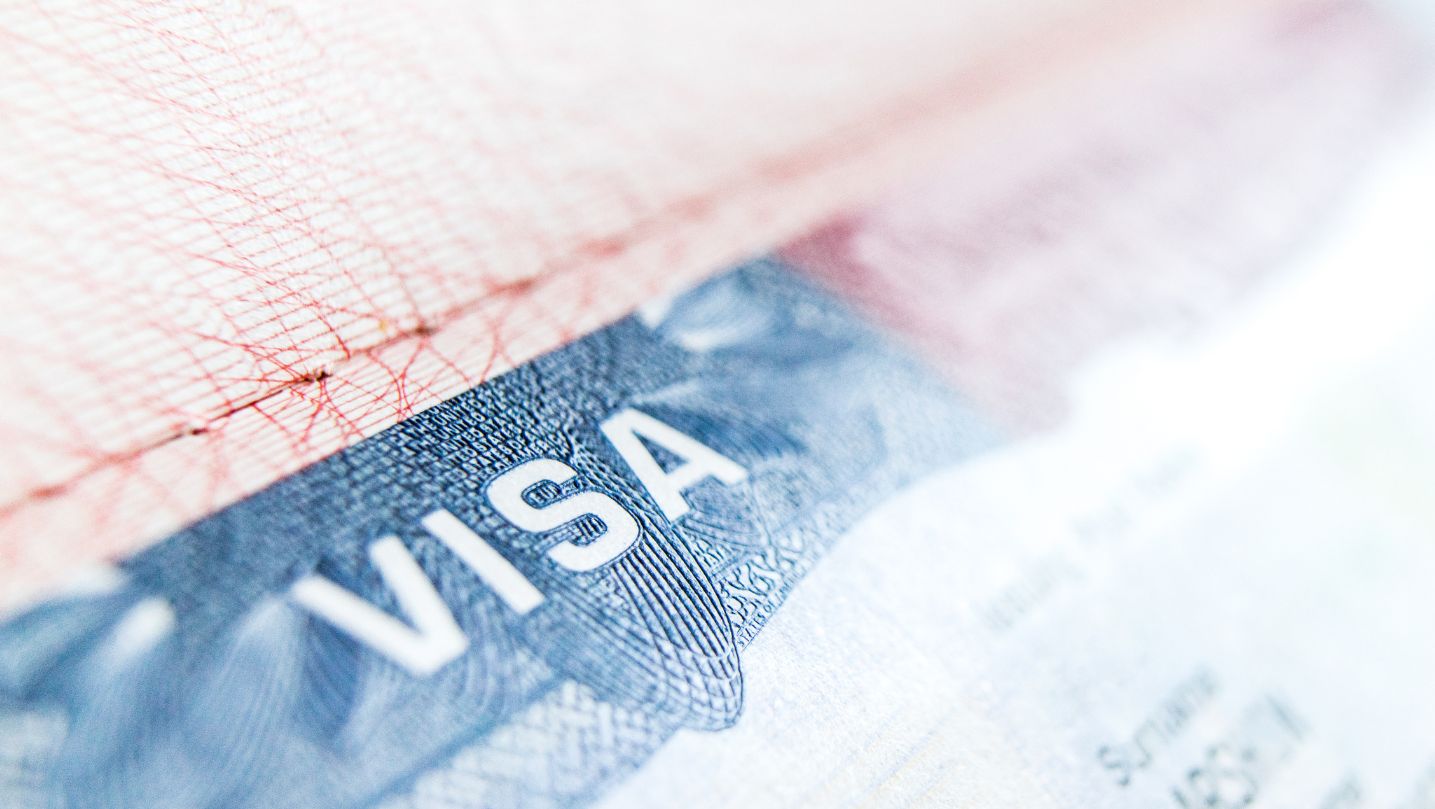
The Schengen Area encompasses 29 European countries operating without internal border controls, enabling seamless travel across much of Europe. Established under the Schengen Agreement, this visa-free zone represents one of the world’s most significant achievements in borderless movement.
Understanding Schengen membership, visa requirements, and residency pathways proves essential for travelers and investors seeking European access in 2025.
Complete Schengen Member Countries in 2025
| Country | Year Joined | EU Member |
| Austria | 1997 | Yes |
| Belgium | 1995 | Yes |
| Bulgaria | 2024 | Yes |
| Croatia | 2023 | Yes |
| Czech Republic | 2007 | Yes |
| Denmark | 2001 | Yes |
| Estonia | 2007 | Yes |
| Finland | 2001 | Yes |
| France | 1995 | Yes |
| Germany | 1995 | Yes |
| Greece | 2000 | Yes |
| Hungary | 2007 | Yes |
| Iceland | 2001 | No |
| Italy | 1997 | Yes |
| Latvia | 2007 | Yes |
| Liechtenstein | 2011 | No |
| Lithuania | 2007 | Yes |
| Luxembourg | 1995 | Yes |
| Malta | 2007 | Yes |
| Netherlands | 1995 | Yes |
| Norway | 2001 | No |
| Poland | 2007 | Yes |
| Portugal | 1995 | Yes |
| Romania | 2024 | Yes |
| Slovakia | 2007 | Yes |
| Slovenia | 2007 | Yes |
| Spain | 1995 | Yes |
| Sweden | 2001 | Yes |
| Switzerland | 2008 | No |
Recent expansion: Bulgaria and Romania joined in 2024, while Croatia achieved membership in 2023. Four non-EU countries participate: Iceland, Liechtenstein, Norway, and Switzerland.
European Countries Outside Schengen
Ireland: The only EU member outside Schengen, maintaining independent borders through the Common Travel Area (CTA) with the United Kingdom.
Cyprus: EU member since 2004, anticipated Schengen accession around early 2026 per European Commission policy. Schengen visas are currently invalid for Cyprus entry.
United Kingdom: Operates independent immigration system. Schengen visas not accepted.
Western Balkans: Serbia, Montenegro, North Macedonia, Albania, and Bosnia and Herzegovina maintain separate visa policies outside EU and Schengen frameworks.
H2: Visa Requirements and ETIAS
Visa-free access: Citizens from 60+ countries (Australia, Brazil, Canada, Japan, Mexico, United States, United Kingdom, Taiwan, others) can visit for 90 days within any 180-day period.
ETIAS registration: Starting 2025, visa-exempt travelers must complete European Travel Information and Authorization System registration before entry.
Long-stay visits: Stays exceeding 90 days require long-stay national visas or residence permits from specific countries.
Required Documentation for Schengen Visa
Short-stay Schengen visa (Type C) applications require:
- Valid passport (3+ months beyond departure, 2 blank pages)
- Completed application form per person
- Two passport photos (35×45mm, light background)
- Travel insurance (€30,000 minimum, all Schengen countries)
- Travel purpose proof (hotel bookings, itinerary, invitation letters)
- Financial evidence (3-6 months bank statements, income certificates)
- Round-trip flight bookings
- Civil status documents (marriage/birth certificates if applicable)
- Parental consent (notarized, for minors traveling without both parents)
Individual consulates may require additional documentation—verify specific requirements before applying.
Residency Investment Pathways
Investment options by country:
| Country | Minimum Investment | Program Type |
| Portugal | €500,000 | Private equity funds |
| Greece | €250,000 | Real estate (converted properties) |
| Hungary | €250,000+ | Guest Investor Visa |
| Malta | €182,000+ | Permanent Residence Programme |
| Italy | €250,000+ | Investor Visa |
These programs typically include family members and create pathways toward permanent residency and eventual citizenship.
Strategic advantages:
- Unrestricted travel across 29 countries.
- Family inclusion (spouse, dependent children).
- European market and banking access.
- Education at resident rates.
- Quality healthcare systems.
- Naturalization pathways (typically 5-10 years).
According to OECD international migration data, residency-by-investment programs continue attracting high-net-worth individuals seeking European mobility and lifestyle benefits.
Application Strategy
Successful applications require meticulous preparation and documentation accuracy. Start applications 3-6 months before travel dates, allowing adequate processing time. Consult official consulate websites for country-specific requirements.
For long-term residency, Astons’ immigration investment consultants help select an optimal program and prepare documentation. Investment-based residence permits offer the most direct pathways for qualifying applicants, combining European mobility with strategic wealth positioning.
The Schengen Area’s expansion and streamlined procedures reinforce its position as the premier borderless travel zone, offering unparalleled access across European cultures, economies, and landscapes for short-term visitors and long-term residents alike.


